History of Diabetes Research
A City of Hope Timeline
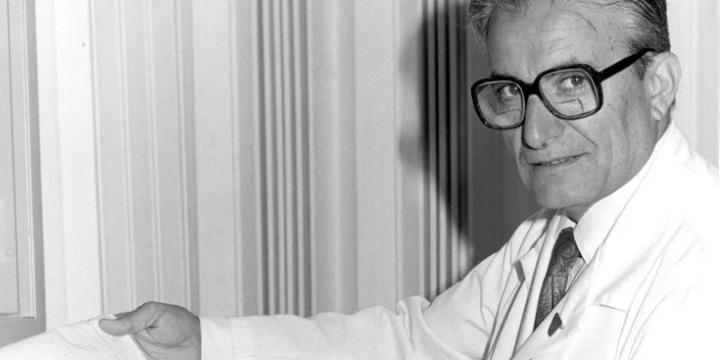
Samuel Rahbar, M.D., Ph.D., identifies HbA1c and its role in diabetes management
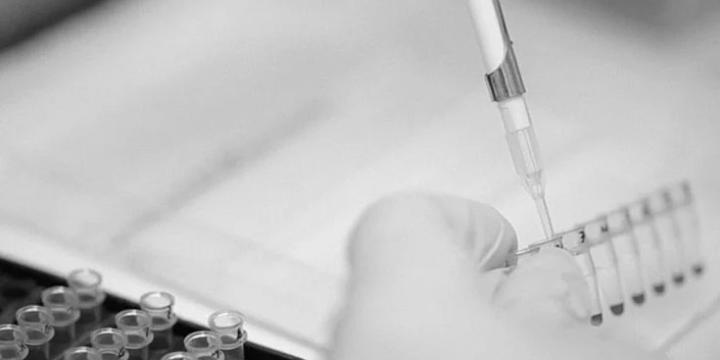
City of Hope establishes the Division of Diabetes
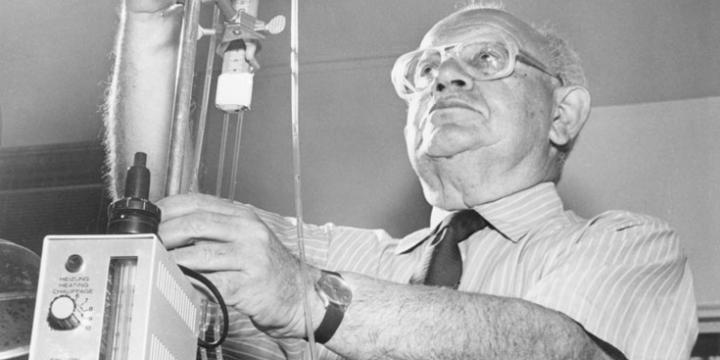
Rachmiel Levine, M.D., who discovered how insulin works in 1949, becomes the executive medical director at City of Hope
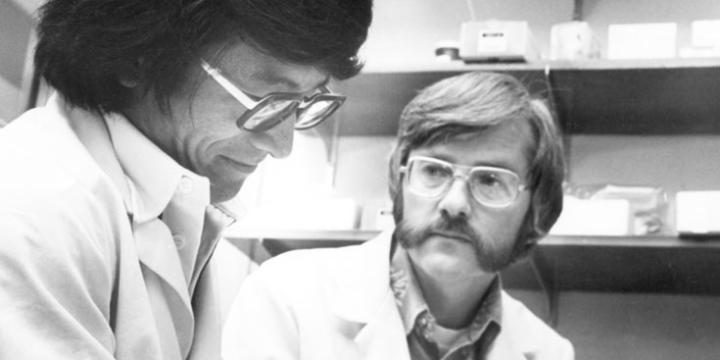
Arthur Riggs, Ph.D., and Keiichi Itakura, Ph.D., first engineer human insulin in the laboratory
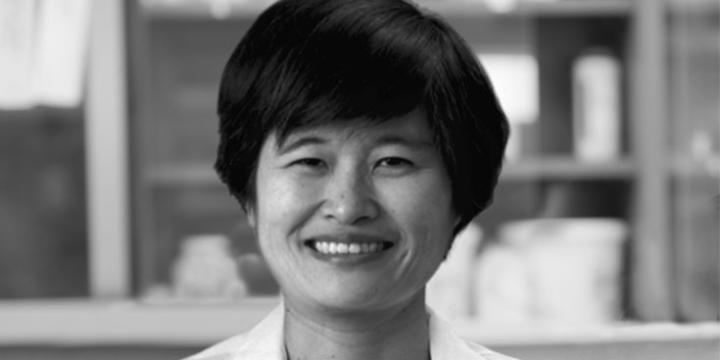
Yoko Fujita-Yamaguchi, Ph.D., isolates specific cell proteins that join with insulin and mediate its metabolic effects

Pierre De Meyts, M.D., Ph.D., characterizes insulin-receptor interactions
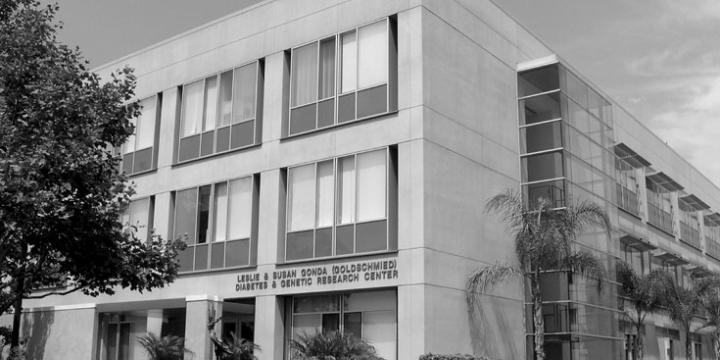
Inauguration of Leslie & Susan Gonda (Goldschmied) Diabetes & Genetic Research Center
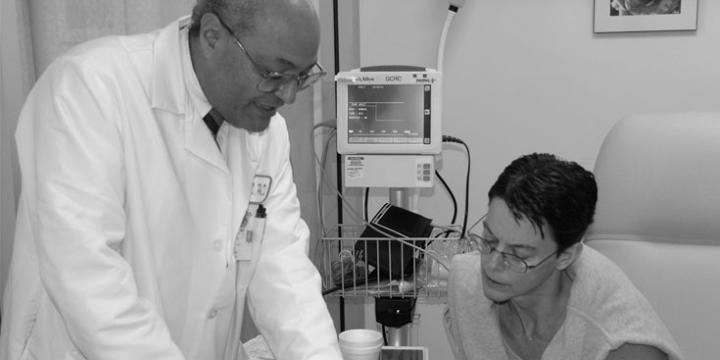
Fouad R. Kandeel, M.D., Ph.D., leads the first islet cell transplantation for City of Hope
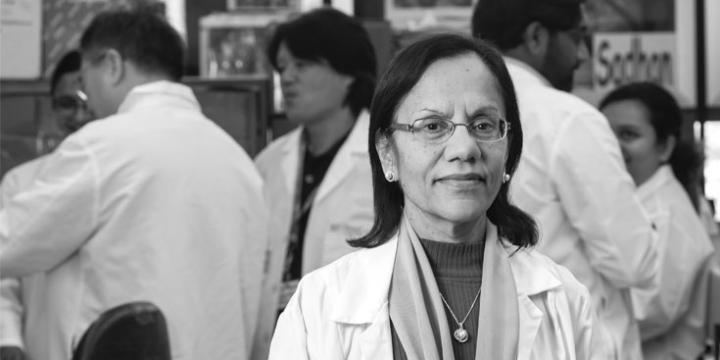
Rama Natarajan, Ph.D., identifies the roles of epigenetics and non-coding RNAs in diabetic complications and metabolic memory
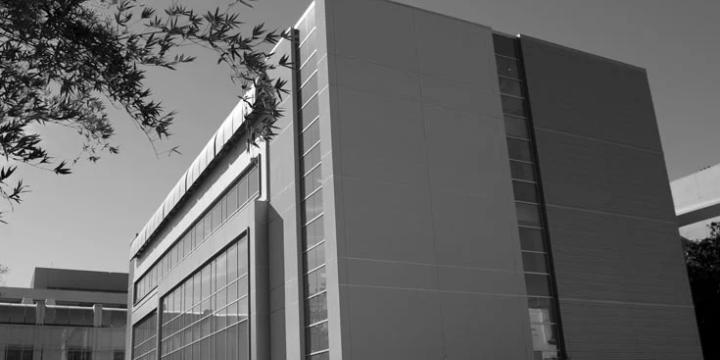
The expansion of the Gonda Center more than doubles the available scientific space for diabetes research
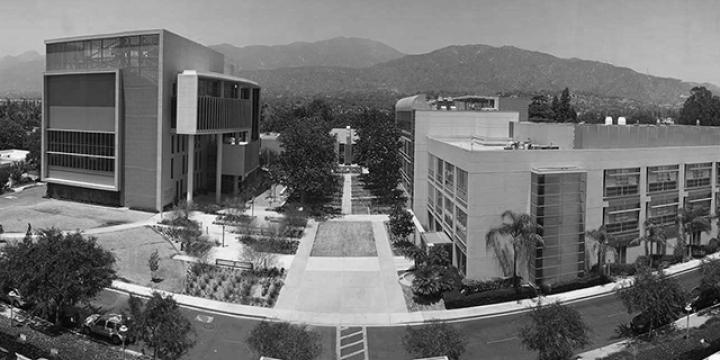
City of Hope establishes the Diabetes & Metabolism Research Institute
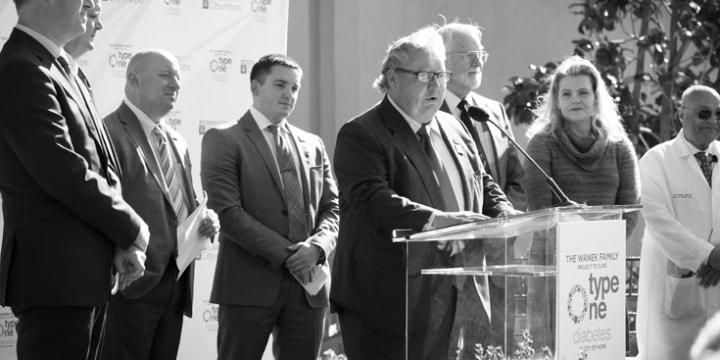
City of Hope establishes The Wanek Family Project for Type 1 Diabetes
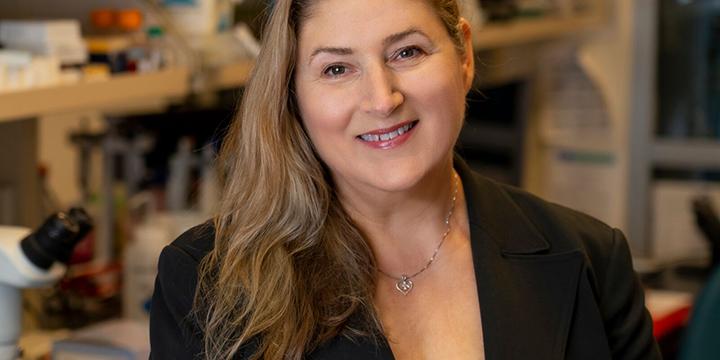
Debbie C. Thurmond, Ph.D., named director of the DMRI
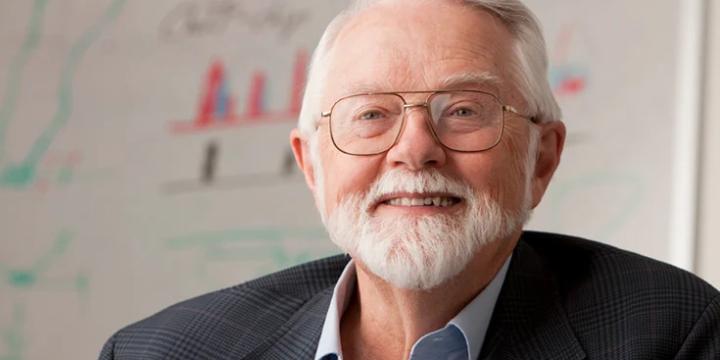
DMRI renamed Arthur Riggs Diabetes & Metabolism Research Institute